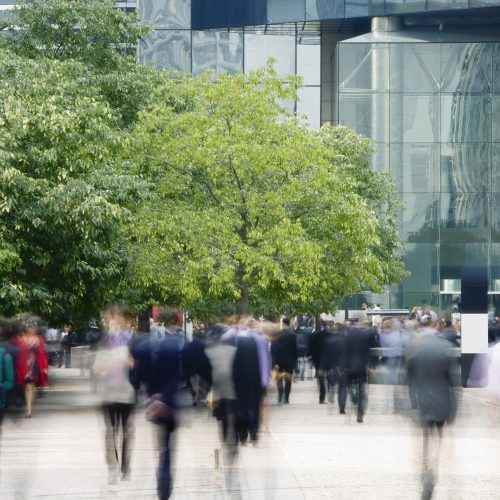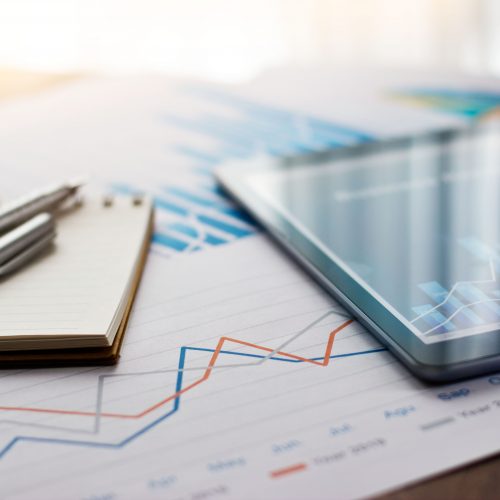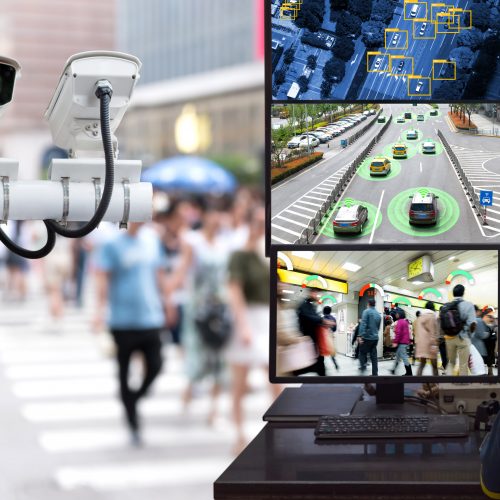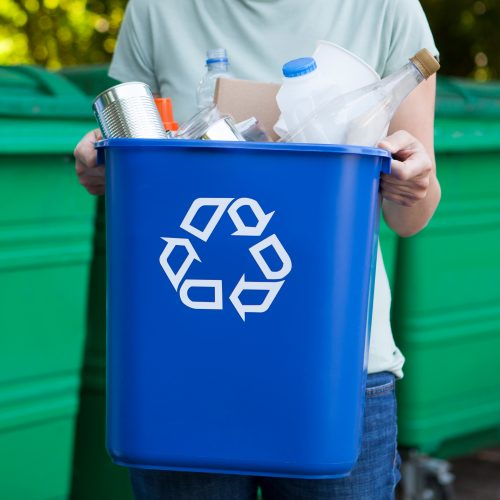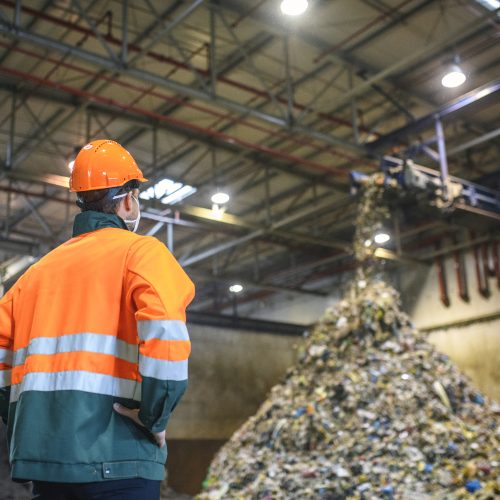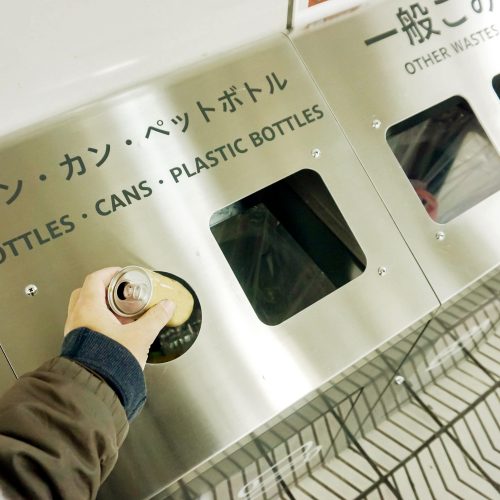Context and policy overview
With the increase in the use of smartphones and the penetration rate of wireless communications, New York City, like many other cities, saw a significant decrease in the demand for public payphones.[1] When the franchise contracts for the public payphones were about to expire in 2014, the city took actions to provide new communication services that would meet the changing needs of its citizens and issued a request for information (RFI) to solicit suggestions from the public and prospective operators. This RFI showed that wi-fi networks were the communication service most in demand.
Implementation
In order to provide innovative communication services, the Department of Information Technology and Telecommunications (DoITT) held a competition in 2014, requesting ideas on transforming 7,000 payphones into a citywide wi-fi network. The winner of the competition, the CityBridge Consortium, was awarded a 12-year contract to create a five-borough network, replacing obsolete payphones with Links, multifunctional kiosks that offered wi-fi hotspots, a digital screen, advertising panels and phone- and emergency call services. The kiosks gained considerable popularity; by 2018, around 600,000 unique users had connected to the LinkNYC system, while registered calls reached 200,000 a month.[2]
Phase 1: Request for information
In 2012, the DoITT published an RFI to lay the groundwork for revitalising the city’s obsolete payphones. The primary goal was to offer public communication amenities that would generate the same revenue as payphones. It solicited the views of a broad group of people, including the public, community boards, municipal departments, sidewalk payphone industry businesses and advertising agencies.[3] These covered a series of questions on possible arrangements for sidewalk payphones or alternative amenities after the franchise contracts ended in 2014. Wi-fi hotspots, digital maps, information kiosks and charging points for mobile phones were most often requested.
During the RFI, the city administration initiated a pilot project financed by the two largest advertising companies in New York, Van Wagner and Titan, to gauge citizen interest in a public wi-fi network. The city installed wi-fi routers at 10 payphones throughout the city[4] and provided free connections 24/7 without requesting any personal information. The experiment was positively received by the public.
Phase 2: Bids
In 2014, the DoITT ran a competition for proposals to convert the city’s payphones into wi-fi hotspots. The winner would be awarded a 12-year contract to install and maintain the city’s new communication kiosks and would be required to pay the City of New York at least US$ 17.5 million per year in compensation, or a minimum of 50 per cent of gross revenues.[5]
The Mayor and the DoITT examined all proposals based on multiple criteria, including technical features, functional efficiency, durability, accessibility for people with disabilities and the strength of the implementation team. The city awarded the contract to CityBridge, a consortium of technology, advertising and design firms. It proposed developing and operating a communications network, called LinkNYC, that would bring fast and free municipal wi-fi to New Yorkers and visitors alike.
CityBridge invested US$ 200 million in the 12-year project.[6] About 7,000 obsolete payphones across the city’s five boroughs were demolished and replaced with multifunctional communication kiosks, named Links. The construction and operation of the LinkNYC system has not come at a cost to the taxpayer, as it relies entirely on advertising revenues, which is expected to reach more than US$ 500 million over the 12-year period.[7] The contract between the City of New York and CityBridge was a non-exclusive franchise agreement,[8] so the city maintained the right to appoint other franchisees to operate in the same territory as CityBridge.
CityBridge was a New York-based consortium, comprising leading firms in technology, connectivity and user experience. Its members included:[9]
- Titan, the leading US media company and the largest payphone franchisee in New York. It supervised LinkNYC’s operations and managed the advertising programme.
- Control Group, which focused on improving the user experience through technology; it was later merged into Titan.
- Qualcomm Inc., which specialised in wi-fi, 3G, 4G and next-generation wireless technologies. It acted as technology advisor, helping the LinkNYC network to keep up with the latest developments in wireless connectivity.
- Comark, which designed, engineered and manufactured the Links and ensured the kiosks were robust and durable.
Phase 3: Installation and operation
After winning the bid, CityBridge submitted its proposal for the installation and operation of LinkNYC to the city’s Franchise and Concession Review Committee (FCRC), comprising city officials or their designees as follows:[10] the Mayor, the director of the Office of Management and Budget, the corporation counsel, the comptroller, an additional mayoral appointee and the borough presidents. Every member of the FCRC had one vote, with the exception of the borough presidents, who shared a vote, depending on the location of the concession and/or franchise in question. Before voting, the FCRC reviewed and approved the recommended franchises and held a public hearing. It approved LinkNYC in late 2014.
CityBridge was authorised to construct a maximum of 10,000 kiosks to replace old payphones across five city boroughs. It held open and transparent discussions with borough presidents, city council members, community boards and business improvement districts to decide the number and locations of kiosks to be installed. With the installation of the first Link agreed in December 2015, the implementation of the public LinkNYC wi-fi network was announced in 2016.
The Link is 2.9 metres tall, offers high-speed wi-fi of up to 1 gigabyte per second and free domestic phone calls, has a 911 emergency call button, USB charging points and a tablet that people can use to read maps, browse websites or make video calls (Figure 25). There are high-definition screens on either side of the unit for advertising and public service announcements.
There are no time limits or bandwidth caps on users and the Links can connect up to 500 devices at a time. Two types of wi-fi network are on offer: LinkNYC Free Wi-Fi and LinkNYC Private.[11] Both are fast and free; the only difference being their encryption. LinkNYC Free Wi-Fi, similar to other public wi-fi networks, is an open network protected by web-server-based secure sockets layer (SSL) security.[12] The SSL security safeguards the information exchanged between devices and the Link. LinkNYC Private is an encrypted network, featuring an additional layer of security to protect personal data exchanged between devices, enabled by HotSpot 2.0 technology and the Link.[13]
To further protect Link users’ privacy, the City of New York and CityBridge signed an agreement under which no personal user data would be sold to any third party.[14] Users were informed of the privacy policy of the LinkNYC network on the city’s website.
The network gained immense popularity among both New Yorkers and visitors. By 2018, there were around 1,600 Links in the city.[15] Some 1 billion connections were enabled, connecting 5 million users and 500,000 phone calls a month.[16]
However, the rollout of the Links was not as smooth as expected. As of 2019, CityBridge was about 500 kiosks behind schedule.[17] This was partly down to restrictions imposed by Verizon, the company that controlled the underground fibre-optic conduits to the Links, according to CityBridge’s former general manager.[18]
Another problem was inappropriate use of the kiosks. Some people monopolised the Links or even watched sexual or graphic content on its tablets. The administration suspended tablet web access to address this problem, reducing the reported monopolisation of kiosks by about 80 per cent.[19]
Barriers and factors critical to success
- Underestimating the complexity of the project
Underestimating the complexity of installing the Links has led to unexpected delays in New York City’s project to regenerate its payphones. CityBridge has failed to reach consensus with Verizon, though it did hold discussions with key stakeholders prior to installation. Verizon’s restrictions have hampered the installation process and the activation of installed units. Nearly 600 Links have yet to go live.
- Overestimating the outcomes
Overestimating advertising revenues from kiosks may also have been an impediment. CityBridge was expected to generate about US$ 500 million for the city over the 12-year contract. However, it has failed to compensate the administration as agreed. By 2018, the company owed the city around US$ 75 million and was fined US$ 1 million for the installation delays.[20]
- Private sector and citizen’s engagement
Crucial to the popularity of the Links among the public, however, was the fact that the city requested proposals from a broad range of stakeholders, enabling it to understand citizens’ needs when it came to communication services. Following the RFI, the city administration made sure to require CityBridge to incorporate features requested by citizens.
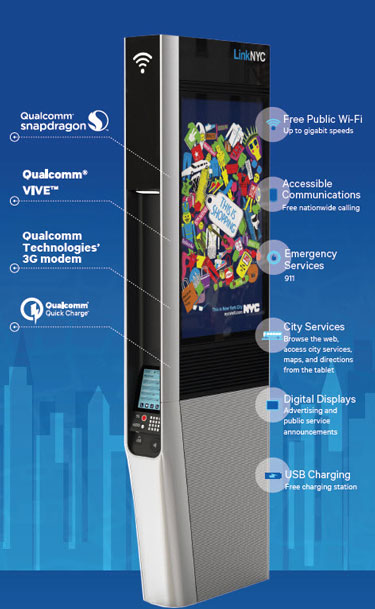
Results and lessons learned
Some 1,600 Links connected 600,000 unique users to LinkNYC’s high-speed wi-fi in 2018.[21] Yet, in its first five years of operation, the project fell more than US$ 21 million short of CityBridge’s revenue projections and was expected to post another US$ 13 million shortfall for fiscal years 2019 and 2020.[22] To date, then, CityBridge has paid the City of New York some $34 million less than contracted.
Cities interested in re-energising their existing communication services can learn from New York City’s experience:
- City governments should involve different stakeholders (for example, the public sector, experts and the general public) in the information-gathering process, to facilitate the conceptualisation of citizens’ needs and to understand how to achieve them.
- It is crucial to identify each stakeholder’s role in different phases of the project, enabling the authorities and the franchisee to remove potential barriers early on. In the case of New York, if CityBridge and Verizon had reached agreement, the installation of the Links could have progressed more smoothly.
- Advertising is a possible source of revenue, but cities should project revenues prudently. Revenues may fall short of expectations, no matter how populous cities are.
- Enhanced user privacy protection encourages connection. For instance, the City of New York created a clear privacy policy prohibiting the franchisee from selling users’ personal data.










